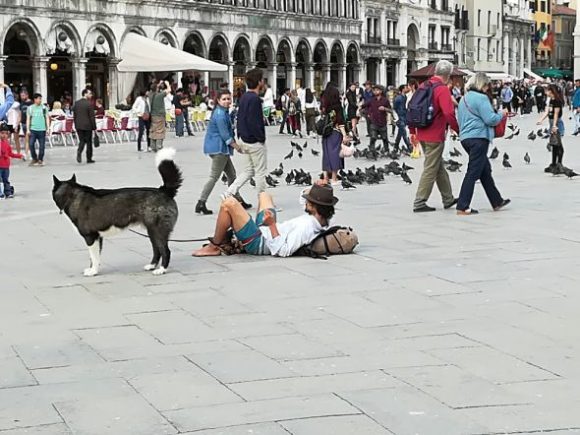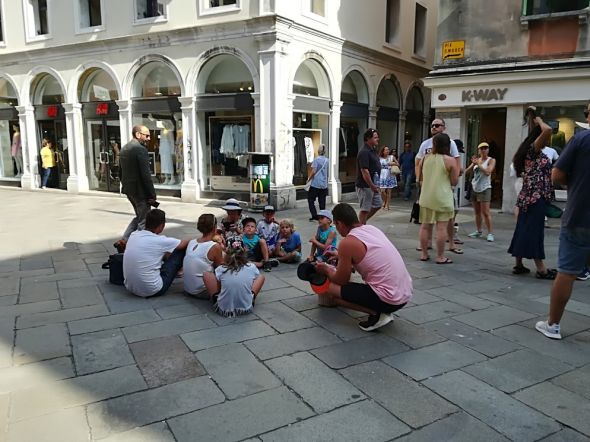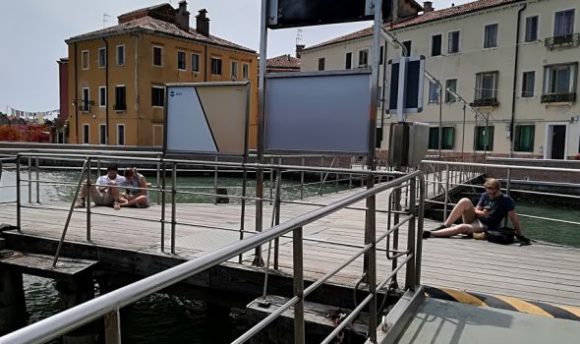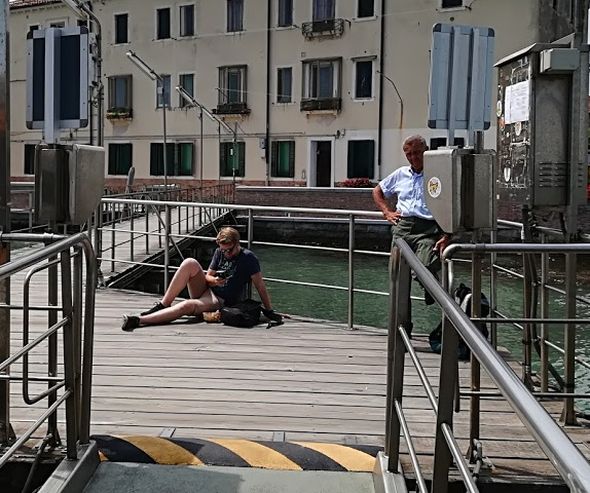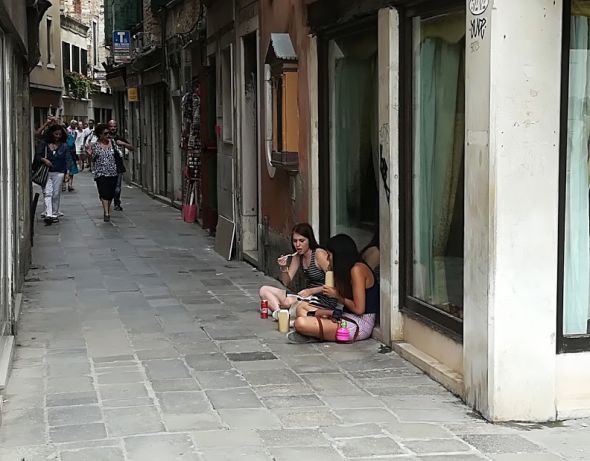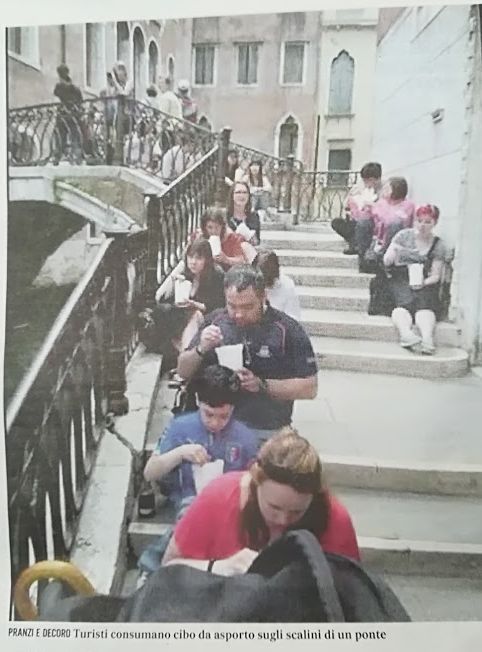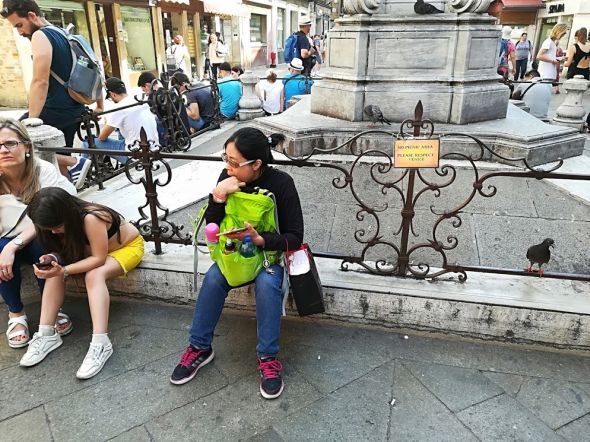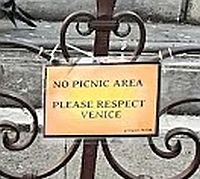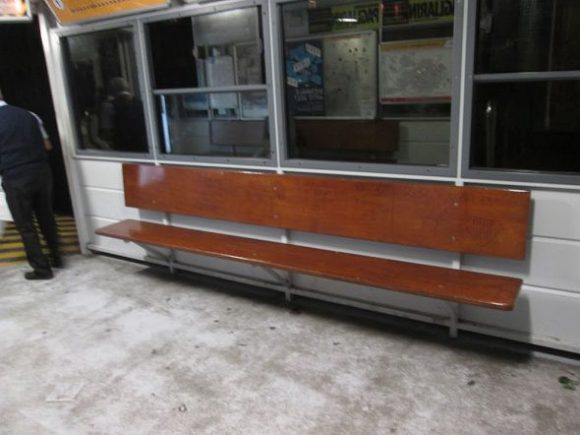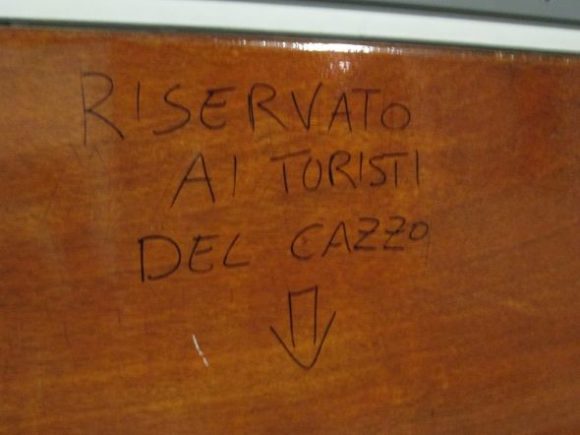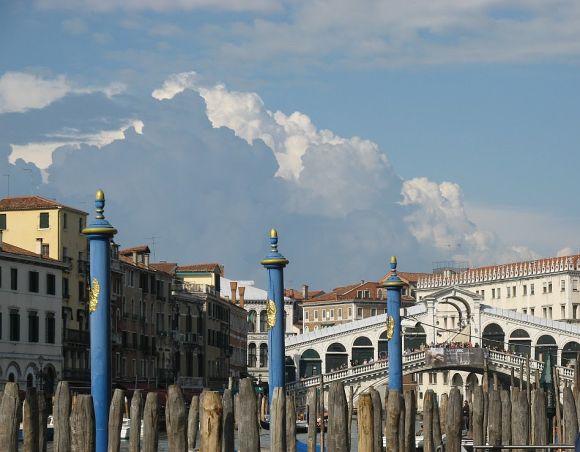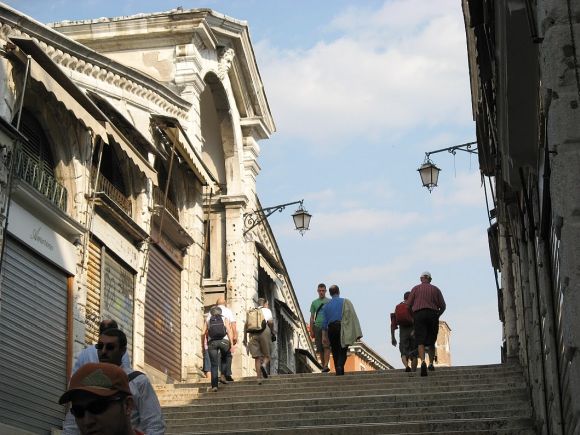
There are two fundamental problems concerning tourism here: Quality and quantity. They don’t blend any better than water and wax, but every year their doomed struggle to combine creates quite a spectacle.
Today the subject is “quality.”
We are beginning to reach the end of the Hating Tourists season, and I’ve been ruminating. I’m astonished to realize that by now even people’s most facepalming antics somehow don’t anger me anymore. I never thought I’d say that, but reading the headlines has become like watching a sitcom with the sound turned off. Honey, didn’t we already see this episode?
Perplexity, though, has replaced anger, because I still can’t understand why so many normal 21st-century people, when they find themselves away from home, so often revert to behavior that is usually discouraged in kindergarten. And it’s not just here — the same things go on elsewhere, in what seems to be a sort of Grand Tour of slobs and boors. In Rome the other day some young men/old boys were caught splashing and frolicking in the fountain by the Altare della Patria, whose centerpiece is the Tomb of the Unknown Soldier. Yes, we were in the depths of an appalling heat wave, but still. This would be like someone toasting marshmallows over the Eternal Flame in Arlington Cemetery. I mean, just don’t.
Hence the question in the title — does tourism make people crazy, or do they already have to be crazy in order to tour in that special rude way they do? I still can’t decide.
I bring all this up because my recent post about the Fondaco dei Tedeschi (wrongness of) has inspired a number of emails from anguished Venice-loving readers who somehow feel guilty — their word — for being a tourist because by now the word seems to connote only those who behave in an uncouth, ridiculous, repulsive, or even dangerous way. They’re concerned that simply being a tourist means that they’ll be lumped with the rest of the herd.
Let me reassure you that anybody who can feel guilty for another person’s sins is not related in any way, even geographically, to that other person. I’m not sure it can be justified even theologically; I’ll have to check the fine print.
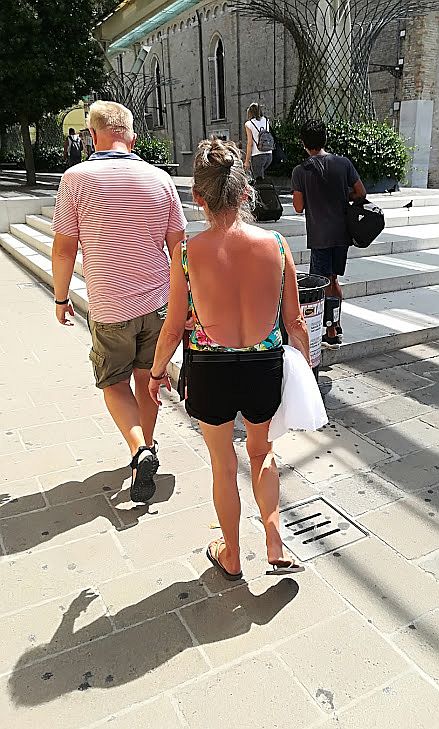
To make my point another way, let me ask my conscience-stricken readers (I love you, by the way): Would you string up a hammock between the trees at Sant’ Elena to take a snooze? Would you set up a camping tent on a fondamenta for the night? Would you steal a gondola at night (stealing is bad) without even knowing how to row (this is dumb)? Would you jump off the Rialto Bridge in a pink leotard (jumping is idiotic, as is the leotard, also that it’s pink) on a bet (bets are also stupid)? Extra points for the danger in this stunt, to yourself and others below you. No extra points for having a physique that’s worth showing off, though it’s well worth perusing, and points deducted for asking passersby to take your picture.
Would you slide into the Grand Canal in broad daylight and swim out into the traffic and wave happily at the passengers on the passing vaporetto?
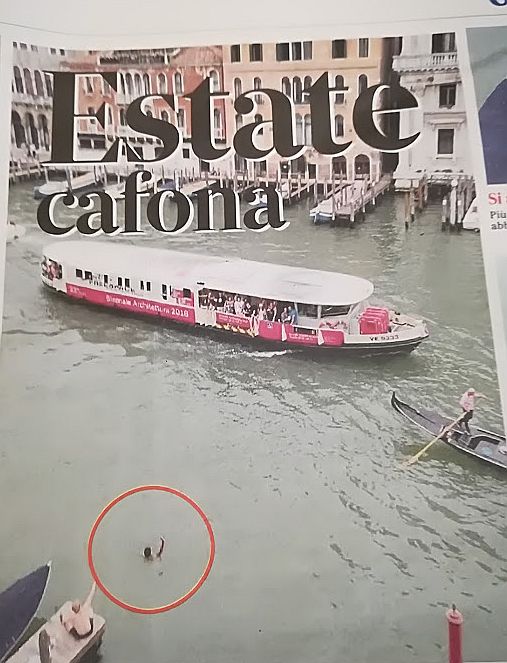
If the answer to any of the above is “Heaven forfend,” then we need to find another word for you, because you’re not what people have come to mean when they talk about tourists.
The city government is flailing around, trying to find a way to prevent all this. Fines! Twenty-four hours in jail! Banishment! (Not made up, though it’s not clear how the offenders would be identified on future visits.) Locals have been known to call the police when they see people jumping off bridges, and the police have been known not to show up.
It’s like whack-a-mole — the only thing these punishments are likely to accomplish is to assure (maybe?) that that specific individual won’t transgress again. As for the deterrent quality of punishment, I don’t think it exists if (A) the tourist doesn’t read the Gazzettino and (B) if the tourist believes that, seeing that lightning has struck someone else, they’re somehow exempt from being caught. Shame? Embarrassment? What?
So by now we’re all pretty accustomed to tourists jumping off bridges, but a few days ago one jumped off a vaporetto. A ticketless 18-year-old American girl traveling up the Grand Canal noticed that the ticket controller was beginning to pass through the crowd, and she realized that not having a ticket meant a 60-euro fine, plus the 7.50 euros for the ticket itself. Flee!
By which I mean: Jump into the Grand Canal! Which she did! Quick thinking! And expensive thinking! Because she was almost immediately plucked out of the water by a passing boat, and when the formalities were finished she had paid a fine of 528 euros ($611) — 450 for immersing herself in the canal, plus the ticket price and fine thereof. So she clearly had the 7.50, and even, if need be, the additional 60. (For the curious, the Gazzettino made a point of saying that her credit card had survived the saltwater bath.) But where did she think she was going when she made that big splash? She said she didn’t know it was forbidden to swim in the Grand Canal. It needs to be forbidden? It’s certainly forbidden to create problems for traffic, and that goes for boats who get in the way, too. Brain tired.
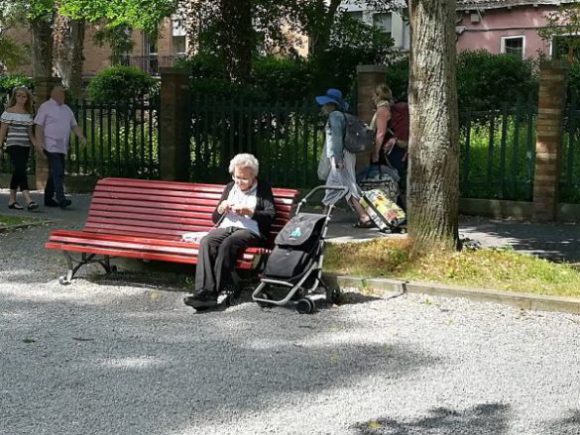
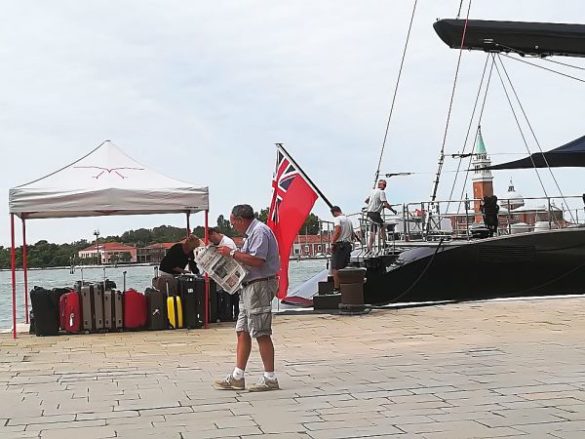
You don’t even have to do anything drastic to appear a little crazy. A friend who owns a pizzeria/bar at Sant’ Elena told me the other day that this has been a very unprofitable season so far; plenty of work, but little to show for it.
For instance, “A family of three came and ordered one pizza,” she said, “and a few drinks” (not alcohol, but something fizzy). “The bill came to 11 euros, and they complained. They wanted to know why it cost so much.”
People have begun to bring their own beverages to the table, she went on, or ask her to wash their bag of peaches so they can eat them there. Apart from the rustic quality of these requests, she points out that the law prohibits customers from consuming something not provided by her for the obvious reason that if something were to go wrong (food poisoning, etc.) she could unjustly be blamed. On a less legalistic level, customers like these make her tired and disheartened, because she’s working and they’re acting as if she’s just standing around asking for money.
But before we leave the topic of “quality,” it should be noted that there must be plenty of times that tourists behave strangely, but not enough to deserve a mention in the news.
A recent example: We now have two tourist apartments in our little snippet of street, and it isn’t easy for the occupants to follow the new scheme for garbage collection. The apartment owners leave some kind of instructions (it’s not clear how clear they are), but there are complications in that the normal squishy garbage is collected every morning except Sunday, while the recyclables are on alternate mornings (plastic on Tuesday, paper on Wednesday, etc.). There are other regulations too but I won’t go into them, because the point isn’t that there are regulations but that some people just find them intolerable.
So we learned from our Venetian neighbor upstairs that this morning he saw one of the current occupants of the facing apartment — for the record, usually rented to French people — walk out the front door with a backpack, peering importantly at his cell phone as he walked away. Our friend has a window looking out the other side as well, so he watched as the tourist walked to the far end of the dead-end street beyond, opened his backpack, took out a bag of garbage, and left it on the street.
When my friend confronted him (with descriptive gestures) to convey that this was not only not allowed, but was wrong in every way, the man just made similarly descriptive gestures to signify “I don’t understand” with those special gestures which indicate “And I totally don’t care.” This was probably not an isolated incident, and sirens go off in Venetian brains when foreigners warble “Oh, but Venice lives on tourism!” as if that makes everything okay.
The issue of “quality” was frankly acknowledged in a headline in the Gazzettino: “The chaos is keeping the elite tourists away.” That’s pretty blunt, and to say it must have been painful for the officials who annually express their longing to somehow induce the elite to return to Venice in a more regular, and abundant, manner.
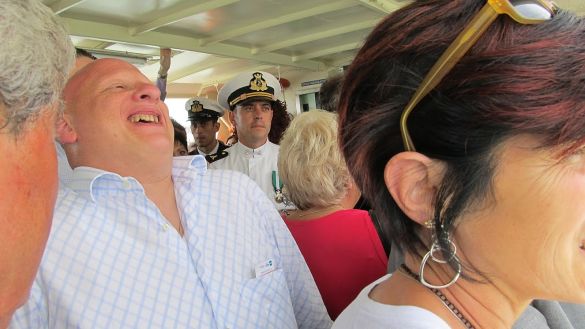
If there’s one thing I feel safe in saying, it’s that the elite are not attracted by chaos, unless you count the occasional quaint festival of the picturesque peoplefolk, which we seem to be short of (quaintness and peoplefolk). So, considering that the elite are drastically outnumbered, they’re going to have to renounce Venice and go spend their millions at Portofino or Porto Cervo or Portobuffole’ (not an elite spot, I just threw that in because I love the name), or wherever they go. But the city officials can’t accept defeat, so every year we read the same wistful statements about how much we miss the elite. They never write, they never call.
To sum up: To be a “good” tourist you don’t have to care — or even know anything — about Tintoretto or the 76th doge or how to make bigoli in salsa. You just have to know not to put your suitcase/backpack/house on the seat next to you on the vaporetto, or not to lie down to sunbathe in the middle of Piazza San Marco (or anywhere), and any other shenanigan that cannot be justified to your mother. If that seems unpleasantly restrictive, and not at all vacationlike, you should go to a real theme park, like Aqualandia, and leave Venice alone.
Therefore, to any visitor with misgivings about being a tourist: People here don’t hold it against you that you’re foreign. They hold it against you if you behave as if you come from the planet of failed experiments in genetic modification.
In my next post: “Does tourism make you crazy? Quantity”

